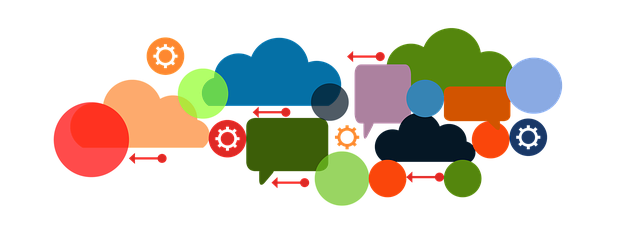AI and tools like the Google Maps API are transforming ghost kitchens by optimizing delivery routes through advanced analytics. These technologies analyze traffic data, customer locations, and weather updates to generate efficient paths, reducing time and costs for staff. Resulting route enhancements improve driver productivity, minimize wait times, and boost customer satisfaction, giving ghost kitchens a competitive edge in the market.
In the rapidly growing ghost kitchen industry, automation is key to optimizing operations and enhancing efficiency. Artificial Intelligence (AI) plays a pivotal role in streamlining workflows, from order processing to delivery. This article explores how AI, coupled with tools like Google Maps API, revolutionizes ghost kitchen management. We delve into specific strategies, such as efficient route planning and optimized delivery processes, that AI brings to the table, ultimately improving customer satisfaction and business profitability.
- Understanding AI's Role in Ghost Kitchen Automation
- Integrating Google Maps API for Efficient Route Planning
- Enhancing the Workflow: Optimizing Delivery Processes
Understanding AI's Role in Ghost Kitchen Automation

Artificial Intelligence (AI) is transforming the ghost kitchen industry by streamlining workflows and enhancing operational efficiency. In this context, AI plays a pivotal role in optimizing various aspects of the business, from order management to delivery logistics. One significant application is the integration of AI with mapping technologies, such as the Google Maps API, for route planning and real-time navigation.
This technology enables kitchen staff to prepare meals more effectively by providing precise delivery routes, reducing travel time, and minimizing fuel costs. AI algorithms can analyze vast datasets, including traffic patterns and customer locations, to offer efficient routes that prioritize speed and accuracy. As a result, ghost kitchens can ensure timely deliveries, improve customer satisfaction, and potentially expand their service areas, gaining a competitive edge in the market.
Integrating Google Maps API for Efficient Route Planning

Integrating the Google Maps API into ghost kitchen workflows offers significant advantages for optimizing delivery routes, a crucial aspect in the fast-paced world of food delivery. By leveraging this powerful tool, AI-powered platforms can enhance route planning, ensuring efficient trips and minimizing wait times. The API provides real-time data on traffic conditions, allowing algorithms to calculate the fastest and most direct paths between restaurants and customers.
This integration goes beyond simple navigation, offering advanced features like predictive analytics and dynamic routing. AI systems can now consider factors such as past delivery patterns, local traffic trends, and even weather conditions to further optimize routes. Such route enhancements not only improve driver productivity but also contribute to better customer experiences by delivering food faster and more reliably.
Enhancing the Workflow: Optimizing Delivery Processes

In the dynamic realm of ghost kitchens, where culinary creations are conjured for delivery only, efficient workflow automation is paramount to success. AI-driven systems, integrated with tools like Google Maps API, offer transformative route enhancements that streamline delivery processes. By analyzing traffic patterns, real-time road conditions, and even weather updates, these advanced algorithms optimize routes, ensuring timely and cost-effective deliveries.
This technology allows for dynamic scheduling and re-routing during peak hours when traffic congestion is inevitable. The AI system can predict delivery times with enhanced accuracy, providing customers with more reliable estimates. Moreover, it enables kitchen managers to allocate resources efficiently, optimizing order fulfillment while reducing operational costs.
AI-driven automation is revolutionizing ghost kitchen operations, with tools like the Google Maps API enhancing route planning and delivery processes. By understanding AI’s role and integrating these advanced features, kitchens can optimize workflows, reduce costs, and improve customer satisfaction. Route enhancements using AI and mapping technologies ensure efficient deliveries, making ghost kitchens more competitive in today’s digital era.
